Cultural Heritage of Kashmiri Pandits
Synopsis
Kashmir is not merely a geo-space, but is the geo-cultural matrix from which thoughts and concepts embedded in the depths of the consciousness of its people have emanated, giving shape to their civilizational ethos. Kashmir has been a mindscape or rather an ideogram representing cultural syndromes whose meanings echoed far beyond its physical borders even in distant lands. The history of Kashmiri Pandits has been synonymous for a large part with the deep core of the values derived from this intimacy between man and nature.
Ancient texts repeatedly call it Kashmir Mandala, a name that encodes spatial and temporal locus in terms of a sacred geography. The symbolism that the term signifies encompasses both the geographical meaning of a zone or a land and a cosmic sphere or circle with the presiding deity occupying the central spot. The Mandala also symbolizes a sanctified cosmic or an ideal city according to Buddhist texts. The taxonomy of Kashmir Mandala has geo-political ramifications when one takes into consideration the extended sphere and influence of the Valley outside its territorial frontiers. Occupying a central place in the wonder world of Himalayan culture, Kashmir has contributed its serene vision and deep wisdom to the development of its unique traditions. Prompted by historical factors and geographical location, the people inhabiting this vast zone have been sharing with each other religious beliefs and practices, ritual behaviour and moral attitudes, artistic styles and architectural features, folklore and mythical legends through centuries of cross-regional exchanges and social interactions a process in which the scholastic and artistic proclivities and activities of Kashmiri Pandits have played a pervasive role. Ancient chroniclers have repeatedly referred to the intimate historical and cultural links that existed between Kashmir and Kangra, Chamba, Kullu and Spiti at one end and Taxila, Gandhara and Kabul Valley at the other.
The book presents an overarching study of the significant contributions made by Kashmiri Pandits in core areas of Indian cultural and intellectual endeavours, from aesthetics, poetics, dramaturgy, historiography, linguistics, literature, folklore, transmission of the doctrines of Mahayana Buddhism, Kashmir Shaivism, mural, architectural and sculptural art. With these narratives on the long odyssey of the Kashmiri Pandits serving as the perspective, the volume presents interesting and insightful inquiries and scholastic analyses into different spheres of this great cultural heritage.
Read more
Ancient texts repeatedly call it Kashmir Mandala, a name that encodes spatial and temporal locus in terms of a sacred geography. The symbolism that the term signifies encompasses both the geographical meaning of a zone or a land and a cosmic sphere or circle with the presiding deity occupying the central spot. The Mandala also symbolizes a sanctified cosmic or an ideal city according to Buddhist texts. The taxonomy of Kashmir Mandala has geo-political ramifications when one takes into consideration the extended sphere and influence of the Valley outside its territorial frontiers. Occupying a central place in the wonder world of Himalayan culture, Kashmir has contributed its serene vision and deep wisdom to the development of its unique traditions. Prompted by historical factors and geographical location, the people inhabiting this vast zone have been sharing with each other religious beliefs and practices, ritual behaviour and moral attitudes, artistic styles and architectural features, folklore and mythical legends through centuries of cross-regional exchanges and social interactions a process in which the scholastic and artistic proclivities and activities of Kashmiri Pandits have played a pervasive role. Ancient chroniclers have repeatedly referred to the intimate historical and cultural links that existed between Kashmir and Kangra, Chamba, Kullu and Spiti at one end and Taxila, Gandhara and Kabul Valley at the other.
The book presents an overarching study of the significant contributions made by Kashmiri Pandits in core areas of Indian cultural and intellectual endeavours, from aesthetics, poetics, dramaturgy, historiography, linguistics, literature, folklore, transmission of the doctrines of Mahayana Buddhism, Kashmir Shaivism, mural, architectural and sculptural art. With these narratives on the long odyssey of the Kashmiri Pandits serving as the perspective, the volume presents interesting and insightful inquiries and scholastic analyses into different spheres of this great cultural heritage.
96.30
86.67
$
107.00 $
Free delivery Wolrdwidе in 10-18 days
Ships in 1-2 days from New Delhi
Membership for 1 Year $35.00
Get it now and save 10%
Get it now and save 10%
BECOME A MEMBER
Books by the same authors

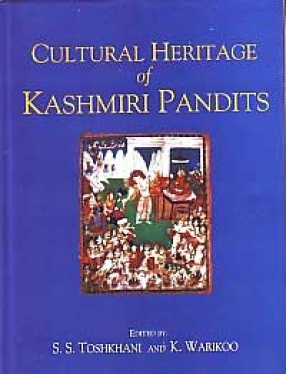
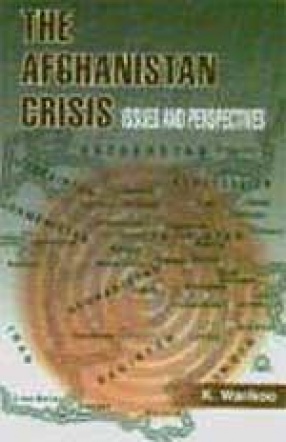

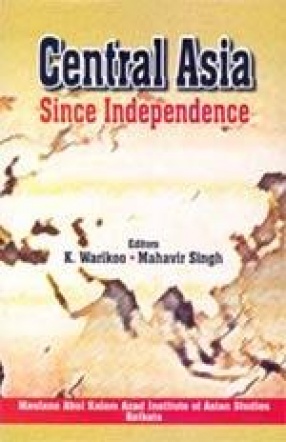
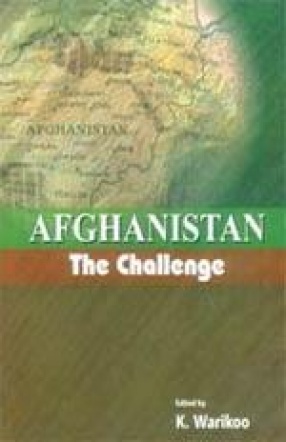
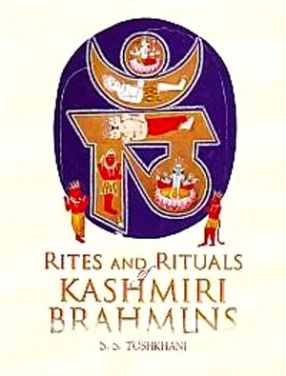

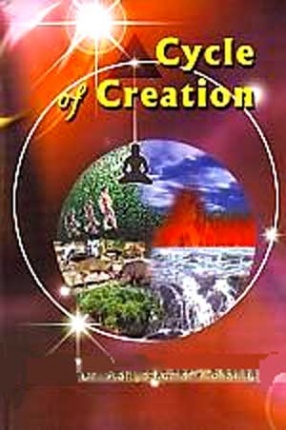
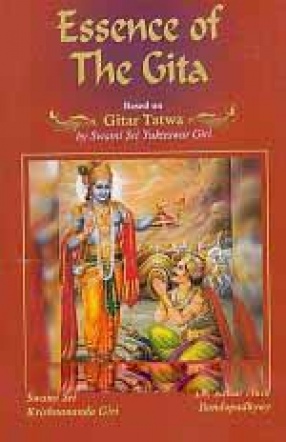

Bibliographic information
S S Toshkhani